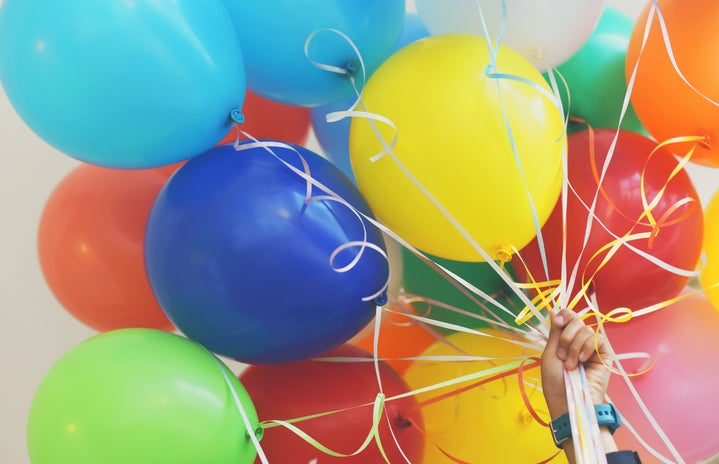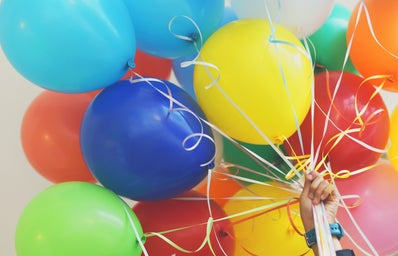Recently, a United Nations climate report stated that global temperatures have been steadily rising every year (WMO Statement on the State of the Global Climate 2018). Sea levels rise, animal habitats are at risk and plastic just seems to be everywhere. Additionally, tragedies such as the Amazon rainforest fires bring to the forefront the seemingly bleak future of our planet. Every year, news about the deteriorating condition of the planet is released and it just seems to get worse and worse. More and more, this issue troubles me and a lot of the time, I’ve felt helpless about the situation. During the past year, I’ve taken it upon myself to assess and consider my own environmental impact in the choices I make. Upon continuous research, I’ve found some things I can do and implemented changes in my lifestyle. Here are some things that I’ve started (or will start) doing to help lessen my environmental waste.
- Reusable Cups
-
Everyone loves to line up at their favorite coffee shop to get their perfect drink; it’s practically a requirement before getting started with the day. But as good as those pumpkin spice lattes are, the disposable cups and the plastic bottles they come in aren’t as good for our environment. Last year, it was reported that only less than 11 percent of Canada’s plastic waste is actually recycled; the rest ends up in landfills or is incinerated (Environmental Defence, 2018). Investing in a reusable mug or a water bottle is one way to reduce our plastic waste. Not only is it better for the environment, double-walled or insulated containers also keep your drink warmer (or cooler) for longer.
- Reusable Straws
-
I know, it’s so much fun to sip cold drinks with a straw. However, the fun little vehicles for our liquid drinks are completely single-use and often go unrecycled. Fortunately, reusable straws have been popping up everywhere as of late. You can even buy them in different finishes (such as metal, silicone or bamboo), colors and with cases so you can keep them nice and clean in your bag. For bubble tea lovers, don’t worry because some places have also started selling straws in larger sizes for your tapioca pearl enjoyment.
- Toiletries and Personal Care Items
-
A lot of our daily items are encased in plastic which we throw away once we’re finished using it. Recently, I’ve come across more environmentally friendly alternatives for toiletries that we use every day. Bar soaps, especially the handmade ones, are package free and are also available for shampoo and conditioner. Some plant-based toothbrushes are vegan and completely biodegradable. Disposable shaving razors are perhaps the most wasteful item we use on our bodies. Safety razors last much longer and won’t leave behind the plastic handle once the metal rusts away into nothing.
- Clothing
-
If you love fashion and coming up with cute outfits for different seasons, then this might be a big thing for you. The fashion industry contributes to around 10 percent of greenhouse gas emissions and produces 20 percent of the global wastewater (United Nations Climate Change, 2018). Additionally, tons of clothing get tossed into landfills and incineration plants every year. Changing fashion habits has been a big challenge for me and one thing that has helped me is to be mindful of my purchases. Clothing is not meant to be disposable and choosing pieces that are long-lasting and can be worn multiple ways goes a long way. Thrifting is a great way to shop for “new” clothes if you’re looking to add to your wardrobe. Additionally, you can donate or sell your unwanted used items to extend their life. Recently, there are fashion brands such as Girlfriend Collective and Siizu that produce clothes from waste, with the environment in mind.
- Diet
-
Meat production is a large contributor to global greenhouse emissions, accounting for 60 percent of agriculture’s total greenhouse gas emissions (The Guardian, 2018). Although you might not be ready to become a full-fledged vegan, it is still possible to lessen your daily intake of meat and dairy products. Plant-based alternatives have become more readily available in recent years to facilitate the transition.
- Reusable Bags
-
Single-use plastics are a large contributor to global waste as they often don’t break down completely and turn into microplastics that are eaten by animals and can end up in our food and water. Avoid the plastic bags offered to you and consider taking reusable bags with you the next time you go shopping. You can also purchase netted produce bags for when you go grocery shopping. Plus, you can also switch Ziploc bags and plastic food wraps for reusable beeswax wraps and resealable bags. Not only is it environmentally friendly, but you also get to save money as well.
Whether you’ve been consciously taking steps to reduce your environmental waste or are just looking to start, there are multiple ways for you to take action. It doesn’t have to be a sudden change towards a zero-waste lifestyle but gradual changes can definitely help reduce your overall environmental impact. In fact, gradual changes are often more feasible and can create lasting long-term change. I encourage you to examine your own lifestyle and see if there are changes that can be made. It might be inconvenient and uncomfortable at first but it definitely goes a long way in helping our environment which is in our future selves’ best interest.



